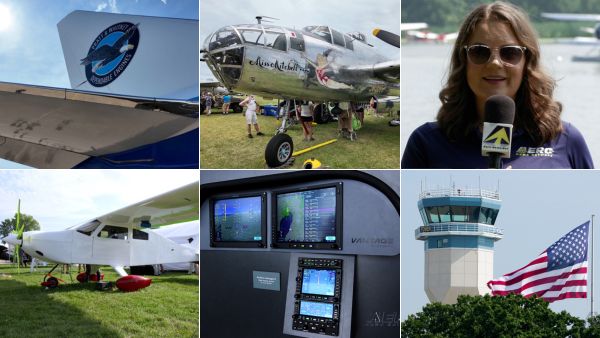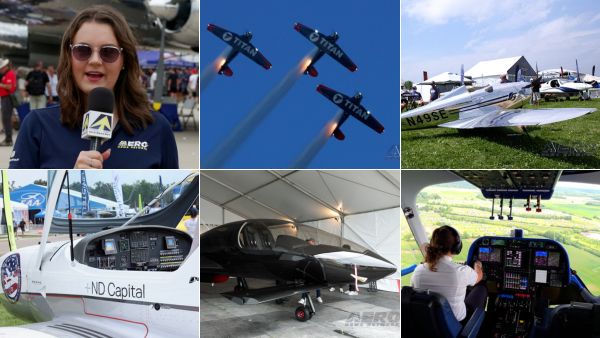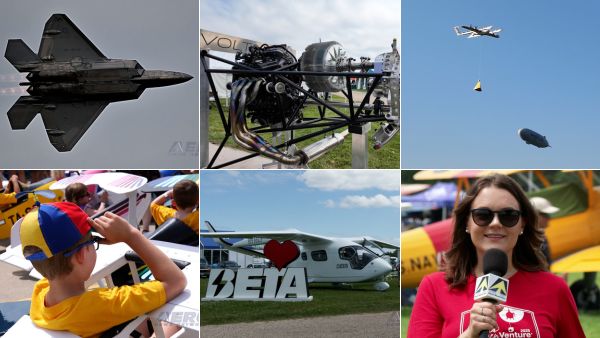Sat, Jun 18, 2011
Publishes Guidelines For Pilots In Handling LTE
The U.S. Department of the Interior has issued a Safety Alert
for its pilots following an incident in which an aircraft
experienced a Loss of Tail Rotor Effectiveness (LTE).

On Friday, June 3, a Bell 407 with three people on board
experienced an LTE while flying a fire reconnaissance mission in
mountainous terrain. The aircraft was operating at a density
altitude greater than 11,000 feet at 125-150 feet above the terrain
and between 40-45 knots airspeed when the pilot initiated a 180
degree turn to the right. During the turn the aircraft experienced
turbulent winds and began to “sink”. When the pilot
added power and left pedal to arrest the rate of descent the pilot
was unable to control the aircraft heading and stop the right turn.
After two 360° turns the pilot slightly lowered the collective
and increased the airspeed. The pilot regained control of the
aircraft 30-50 feet above the trees after the aircraft had made
three 360° turns.
After regaining control of the aircraft the pilot and crew
elected to continue the mission. The crew decided to abort the
mission 10 to 20 minutes later due to increasing wind and
turbulence.
FAA Advisory Circular (AC) 90-95 identifies LTE as a critical,
low-speed aerodynamic flight characteristic which can result in an
un-commanded rapid yaw rate which does not subside of its own
accord and, if not corrected, can result in the loss of aircraft
control. Factors that increase the likelihood of encountering LTE
include:
- High Density Altitude - Low Airspeed - Poor Performance
Planning
- High Gross Weight - Low Rotor RPM - Poor Pilot technique
While LTE is not a mechanical failure of the tail rotor system,
the potential for encountering LTE is increased (and the ability to
escape from LTE is reduced) if the tail rotor has not been rigged
properly.
While pilots must always comply with the procedures listed in
their aircraft’s operating manual AC 90-95 recommends the
following techniques to recover from LTE :
- Apply full pedal opposite of the direction of the turn.
- Increase airspeed.
- Reduce power if altitude permits.
Thorough pre-flight planning is essential to preventing an LTE
event. Avoiding LTE is best accomplished by flight crews being
knowledgeable and avoiding conditions conducive to LTE. Flight
crews can significantly reduce LTE exposure by using the proper
performance charts, loading the aircraft appropriately, maintaining
awareness of winds, and flying conservatively during hot, high or
heavy conditions. If an LTE event occurs the mission should be
aborted and the aircraft returned to base. If unusual flight
characteristics are experienced during an LTE event, land as soon
as is practical and have the aircraft inspected in order to ensure
no damage has occurred.
LTE events must be immediately reported to local and regional
aviation managers. The event should also be documented in a SAFECOM
for accident prevention purposes.
More News
Check out Blackshape in Oshkosh Display #190 Situated in the Apulian Aerospace district in Monopoli, Italy, Blackshape embodies the epitome of Italian craftsmanship, style, and qua>[...]
A Powerhouse In Aviation Safety Technology, Visit Alpha Systems AOA at Osh Display#3124-3125 Alpha systems AOA has been developing and integrating Angle of Attack systems for the l>[...]
Pilot Noticed That The No. 2 Engine Torque Indicator Was “Maxed Out” And The No. 1 Torque Indicator Was About 60% Analysis: The pilot in command (PIC) reported that the>[...]
Decision Altitude (DA) A specified altitude (mean sea level (MSL)) on an instrument approach procedure (ILS, GLS, vertically guided RNAV) at which the pilot must decide whether to >[...]
Aero Linx: HeliOffshore HeliOffshore is the global, safety-focused association for the offshore helicopter industry. Our mission is to lead a collective safety conversation, identi>[...]
 ANN Thanks Our Speedy Sponsor... Blackshape!!!
ANN Thanks Our Speedy Sponsor... Blackshape!!! Alpha Systems AOA Guides ANN Oshkosh Coverage
Alpha Systems AOA Guides ANN Oshkosh Coverage NTSB Final Report: Boeing CH-46E
NTSB Final Report: Boeing CH-46E ANN's Daily Aero-Term (07.24.25): Decision Altitude (DA)
ANN's Daily Aero-Term (07.24.25): Decision Altitude (DA) ANN's Daily Aero-Linx (07.24.25)
ANN's Daily Aero-Linx (07.24.25)



